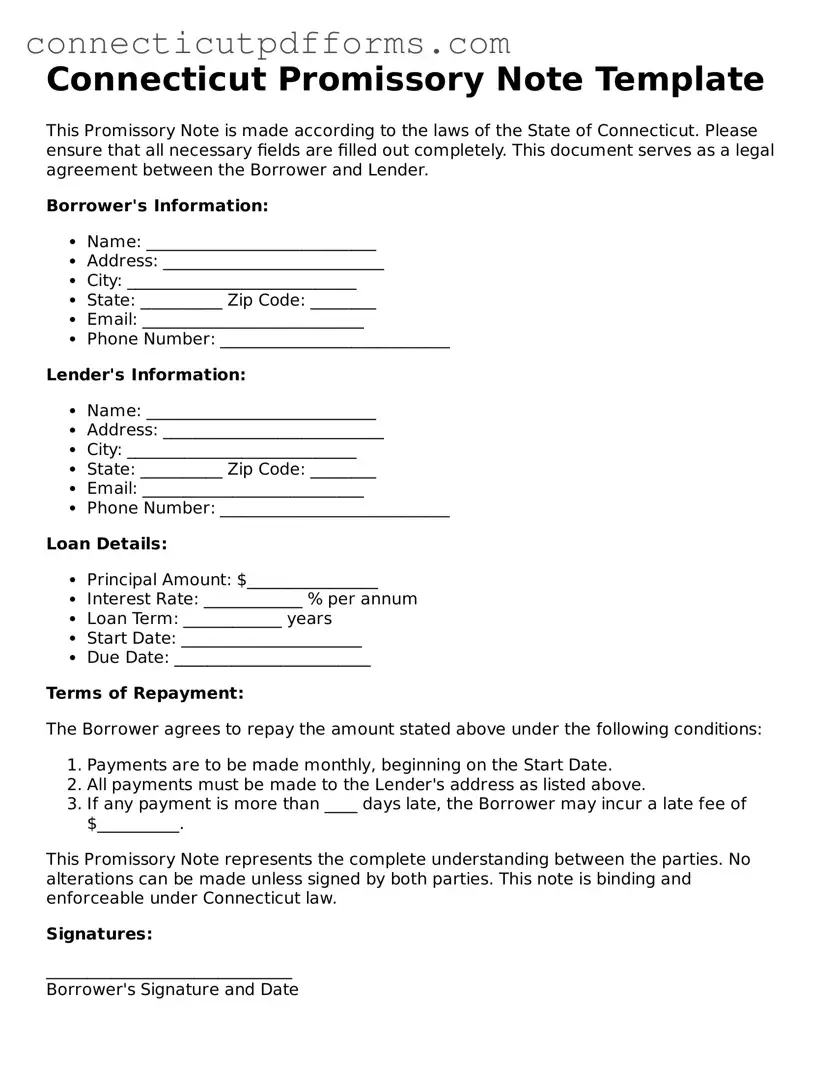A loan agreement is a document that outlines the terms and conditions of a loan between a borrower and a lender. Like a promissory note, it specifies the amount borrowed, the interest rate, repayment schedule, and any collateral involved. Both documents serve to protect the lender's interests while clearly stating the obligations of the borrower. However, a loan agreement often includes additional clauses related to default and remedies, providing a more comprehensive framework for the lending relationship.
A mortgage is a legal document that secures a loan by placing a lien on real property. Similar to a promissory note, it details the amount borrowed and repayment terms. However, the mortgage also outlines the lender's rights in the event of default, allowing them to take possession of the property. While a promissory note represents the borrower's promise to repay the loan, the mortgage secures that promise with the property itself.
A secured note is akin to a promissory note but includes collateral to back the loan. This means that if the borrower defaults, the lender can claim the specified asset. Both documents outline the repayment terms and interest rates, but a secured note provides additional security for the lender. This added layer of protection can make secured notes more appealing to lenders compared to unsecured promissory notes.
An unsecured note is similar to a promissory note in that it represents a borrower's promise to repay a loan. However, unlike a secured note, it does not involve collateral. This means that if the borrower defaults, the lender has no specific asset to claim. Both documents specify repayment terms and interest rates, but the risk for lenders is higher with unsecured notes, as they rely solely on the borrower's creditworthiness.
A personal guarantee is a document where an individual agrees to repay a loan if the primary borrower defaults. Similar to a promissory note, it establishes a financial obligation. However, a personal guarantee typically involves a third party, which adds an extra layer of security for the lender. While the promissory note binds the borrower, the personal guarantee binds the guarantor, increasing the likelihood of repayment.
An installment agreement allows a borrower to repay a loan in fixed installments over time. This document shares similarities with a promissory note in that it outlines the loan amount, interest rate, and repayment schedule. However, installment agreements often provide more detailed terms regarding payment methods and consequences for missed payments. Both documents serve to formalize the lending relationship, but installment agreements can offer more structure.
When creating formal documents, utilizing resources like a comprehensive Recommendation Letter guide can provide invaluable insight into crafting effective endorsements. For detailed information, visit this link.
A lease agreement is a contract between a landlord and tenant that outlines the terms of renting property. While it is not a loan document, it shares similarities with a promissory note in that it requires regular payments over a specified period. Both documents establish obligations and can include penalties for non-compliance. However, lease agreements focus on property rental rather than a loan, making them distinct in purpose.
A business loan agreement is specifically tailored for loans made to businesses. Like a promissory note, it details the loan amount, interest rate, and repayment terms. However, it often includes additional clauses addressing business-specific risks and obligations. Both documents aim to protect the lender, but business loan agreements are more complex, reflecting the unique needs of commercial transactions.
A credit agreement outlines the terms under which a lender provides credit to a borrower. Similar to a promissory note, it specifies the amount available, interest rates, and repayment terms. However, credit agreements often include provisions for future borrowing and can cover multiple transactions. Both documents aim to establish a clear understanding of the borrower's obligations, but credit agreements can be more flexible and comprehensive.
A letter of credit is a document issued by a bank guaranteeing payment to a seller on behalf of a buyer. It shares similarities with a promissory note in that it provides a promise of payment. However, a letter of credit is typically used in international trade and involves a bank acting as an intermediary. While both documents aim to ensure payment, their applications and parties involved differ significantly.
